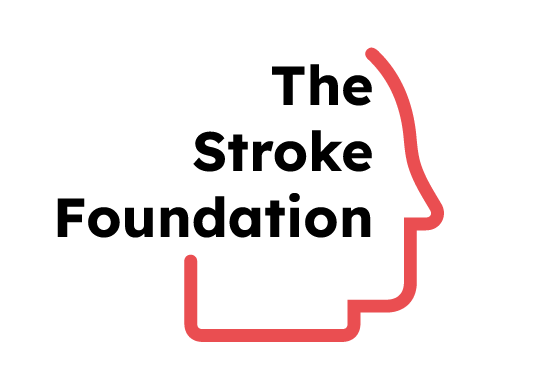Why Repetition is Essential After Stroke
A stroke can interrupt signals between your brain and body. This can cause weakness, paralysis, or loss of sensation, especially on one side. Tasks that once felt automatic, like brushing your teeth, getting dressed, or walking across the room, can suddenly feel impossible.
But here’s the good news: your brain can learn again.
And the way it learns? Through repetition.
How It Works
Every time you practice a movement, you’re helping the brain form new connections. These connections are how your brain “remembers” how to move again. The more you repeat a movement, the stronger those pathways become.
- Repetition rewires your brain. Stroke disrupts communication, but repetition strengthens the signal
- It wakes up weak muscles. Muscles that haven’t been used lose strength, and repetition brings them back online
- It prevents stiffness. Without movement, muscles and joints can tighten (a condition called contracture). Repetition helps keep everything limber and mobile
It Doesn’t Have to Be Complicated
Repetition doesn’t always mean spending hours in a clinic. Small, intentional movements throughout the day can be just as powerful, especially when done consistently.
Try:
- Reaching for a cup with your affected hand
- Taking a few assisted steps every hour
- Practicing a hand or arm motion 10 to 15 times in front of a mirror
Your therapist can help you create a plan that feels doable and safe. The key is to stay consistent, even on the hard days.
Progress Takes Time, But It Comes
Recovery after stroke isn’t linear. It’s normal to have ups and downs. But repetition gives your brain and body the structure they need to keep moving forward, one step, one motion, one small win at a time.
Don’t get discouraged if progress feels slow. Every rep counts.
And every rep gets you closer to more strength, more control, and more independence.


%20(2)%20(1).png)


%20(1).png)
